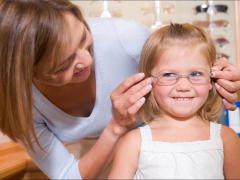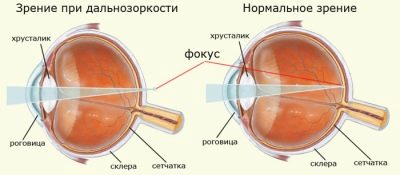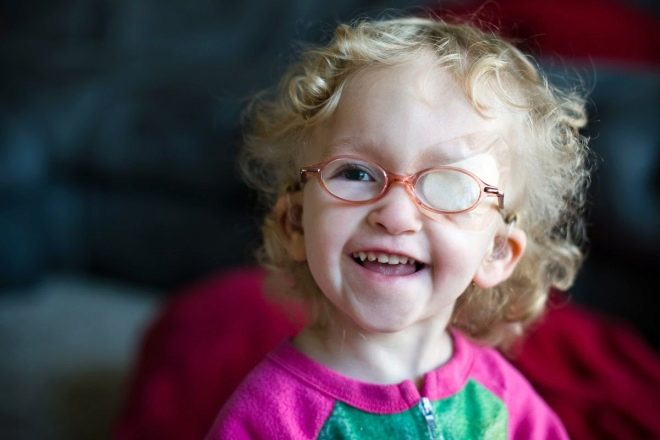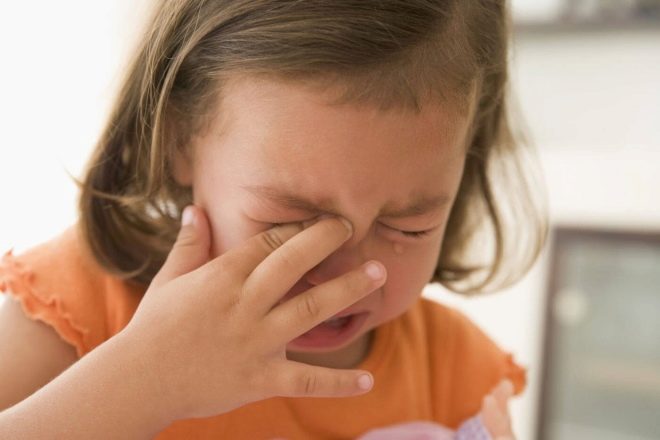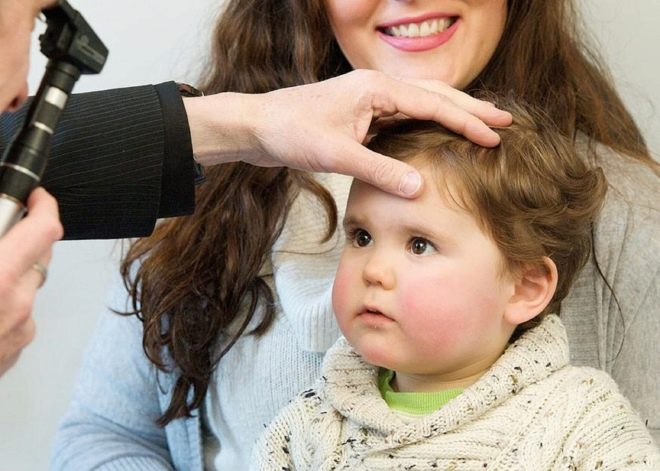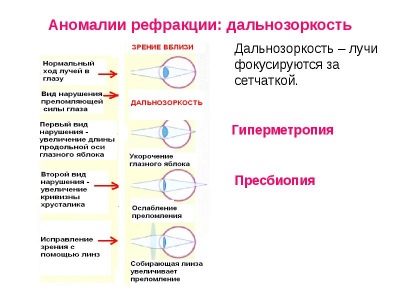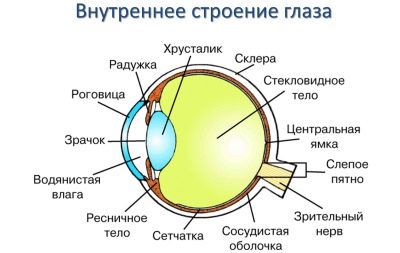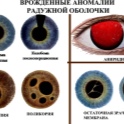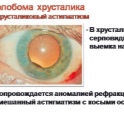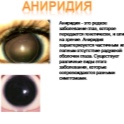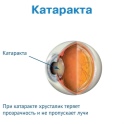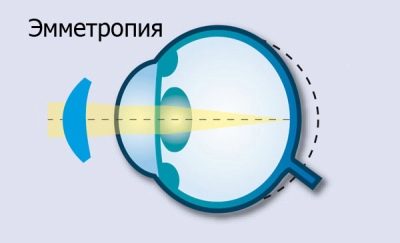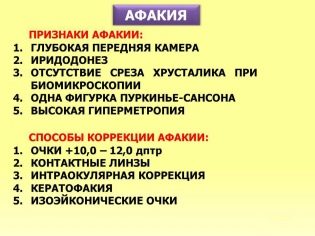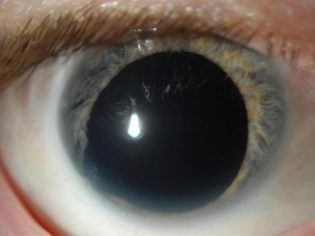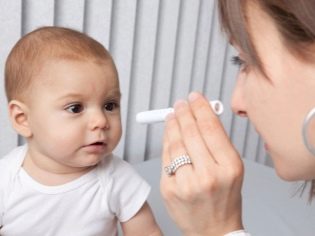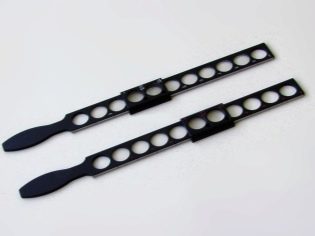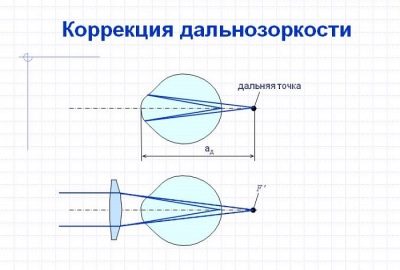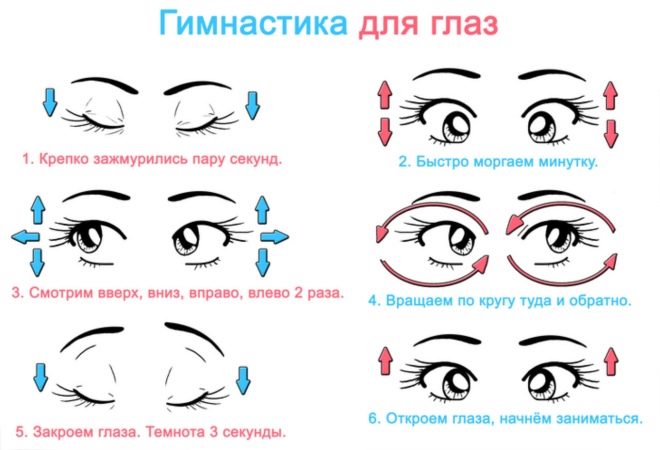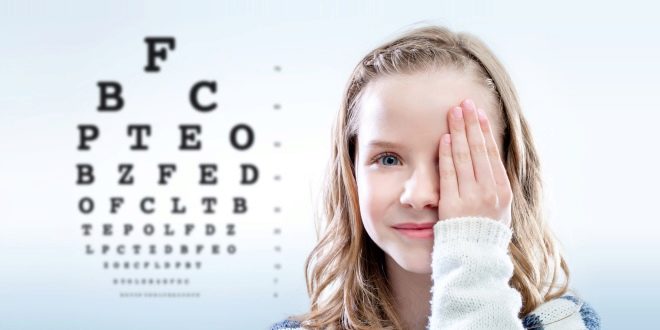Farsightedness in children
Hyperopia or hypermetropia is one type of refractive error. This pathology is characterized by the fact that the light rays passing through the transparent medium of the eye are not focused on the retina, as should occur in a healthy eye, but in a plane conventionally located behind it. The consequence of such a violation can be a significant deterioration in the ability to clearly distinguish objects that are close to the eyes.
Both adults and children of different ages may suffer from far-sightedness. Pediatric hyperopia has its own clinical course and application of therapeutic techniques.
The clinical picture of hyperopia in a child
The ophthalmological term “hypermetropia” comes from Greek words: hyper - “above”, metron - “measure” and ops - “eye”. Based on this, it can be said that such an anomaly is a kind of discrepancy between the size of the organic structures of the eye and each other, which naturally entails the formation of a number of persistent functional disorders.
They can be of varying severity, as well as of physiological nature.
Weak degree
A weak degree of farsightedness in childhood may not have pronounced symptoms, which would significantly affect the development of the child, since due to the voltage of accommodation there is a sufficient level of visual acuity both near and far.
With moderate hyperopia, the child almost effortlessly distinguishes objects that are at a sufficiently large distance from him, but at the same time may experience difficulty viewing closely spaced objects. There may be rapid eye fatigue, headaches (a characteristic sign of hyperopia - pain in the area of the superciliary arches), the image may become cloudy and indistinct.
When experiencing such discomfort, the child unconsciously tries to move away from the object or move it away from itself in order to better see.
High degree
A high degree of hyperopia clinically has more pronounced manifestations. Here, visual acuity decreases both near and far. All of the above symptoms are sufficient cause for concern and promptly seek help from an ophthalmologist.
If on time a child with a high degree of congenital hyperopia do not prescribe the appropriate treatment, then most likely he will develop strabismus. This is due to the fact that the baby is forced to constantly strain the eye muscles, reducing the eyes to the nose in order to achieve a clearer vision of closely spaced objects.
If this pathology is left without proper attention, then the probability of the formation of amblyopia or "lazy eye" is great. This functional impairment of the visual apparatus is practically not amenable to correction and needs long-term treatment, therefore, ophthalmologists strongly advise parents not to delay in seeking qualified help.
In addition to functional defects, hyperopia in a child often provokes the development of inflammatory ophthalmologic diseases, such as:
- blepharitis (inflammation of the eyelids);
- conjunctivitis (inflammation of the conjunctiva - the mucous membrane of the eye);
- barley (inflammation of the hair follicle throughout the century);
- chalazion (consolidation in the thickness of the eyelid, associated with a pathological increase in the meibomian gland).
This is due to the fact that children, experiencing visual fatigue and burning in the eyes, often rub their hands, often bringing infection there. Statistics show that almost 90% of children under the age of 4 years have some degree of hyperopia. This type of refractive anomaly at this age is of a natural physiological nature.
Among children of primary school age and adolescents from 12 to 14 years, the incidence of hyperopia reaches 30%.
In a healthy eye, light rays should converge into a beam strictly on the surface of the retina. Only if this condition is observed, the image that the visual analyzer transforms will not be distorted.
With farsightedness, the trajectory of the light rays is such that, conditionally, they can “converge” only beyond the surface of the retina, so the child sees closely spaced objects not blurry. If any violation of the refractive properties of the eye is compensated by the voltage of accommodation, then we are talking about latent hyperopia. If the visual defect is not amenable to correction, then this type of hyperopia is called obvious.
Depending on the age limits of the formation of hypermetropia, there are several of its main forms:
- child physiological;
- congenital;
- age (presbyopia).
There are also three types of hyperopia according to the degree of necessary correction (the value of correcting lenses):
- low degree - below +2 D;
- the average degree is below +5 D;
- high degree - above +5 d.
Development mechanism
Refraction refers to the ability of the optical apparatus of the eye, which consists of several organic elements, to refract light rays. The degree of refraction of the rays depends on several factors:
- the level of curvature of the lens or its ability to change its spatial position, while changing the direction of the light rays passing through the transparent medium of the eye;
- the shape of the cornea, as it is also a refractive medium and affects the trajectory of the light rays;
- the distance between the surface of the cornea and the lens;
- the anterior-posterior size of the eyeball, which is the distance from the cornea of the eye to the so-called yellow spot (area of best vision) located on the surface of the retina.
Thus, we can conclude that its refractive ability and the anterior-posterior size of the eyeball have a decisive influence on the refraction of the eye. The optical apparatus of the human eye has a rather complex structure, it includes the lens, cornea, chamber moisture, and the vitreous body.
Heading towards the retina, the light beam passes through a series of organic structures of the eye, having refractive properties, which were listed above.
There is the concept of "physiological farsightedness of newborns", which can reach from + 2D to + 4D. It is caused by insufficient anteroposterior size of the eyeball. The presence of hypermetropia + 4D in infants indicates physiological maturity.
An increase in the degree of hyperopia may be a sign of microphthalmos or accompany other congenital defects of the visual apparatus, for example:
- cataract (clouding of the lens);
- kolobomam (absence of part of any eye shell);
- aniridia (lack of iris);
- lenticonus (violation of the shape of the lens, in which it takes a spherical or conical shape).
In the process of growing up the child, the size of the eyeball and the proportions of the organic structures of the eye to normal values change. Therefore, most often, hypermetropia is converted to emmetropia by the age of 12–13 (normal refraction).
If for some reason a child’s eyeball is stuck in growth, not conforming to its age norm, then hyperopia is formed, if, on the contrary, it progresses excessively in its development, then myopia (myopia) is formed. The reasons that provoke a lag in the growth of the eyeball are not yet fully understood.
However, most people with hypermetropia manage to compensate for the reduced functional activity of the ciliary muscle of the eye responsible for the position of the lens in space by about 40 years of age.
Also, farsightedness can be the result of aphakia - a congenital or acquired pathological condition of the eye, which is characterized by the complete absence of the lens. Usually, this phenomenon occurs as a result of surgery to remove a cataract-damaged lens. Also, aphakia can be associated with all sorts of mechanical injuries of the eye or a dislocation of the lens.
With aphakia, the refractive ability of the eye decreases quite significantly, so the vision can fall and even the most extreme indicators (approximately 0.1 at a rate of 1).
Diagnosis and treatment
Farsightedness in children can be detected during an examination by an ophthalmologist. Firstly, visual acuity is determined using visometry. This type of research for children suffering from farsightedness is performed using trial plus lenses. Also, an ophthalmologist is assigned to conduct a study of the refraction of the child’s eye; it can be done in two ways: using skiascopy or refractometry.
Skiascopy is an objective method for determining eye refraction. This type of diagnostics is carried out using a special device - skiascope, which is a mirror with a handle, with a flat and convex surface on both sides. Accurate diagnostic data can only be obtained with cycloplegia. (medical paralysis of accommodation, achieved by implanting into the eye means that block the activity of the parasympathetic nerves). Skiascopy is suitable for the study of refraction in young children, which is quite problematic to conduct refractometry.
Treatment of hyperopia can be either conservative (spectacle or contact correction, hardware treatment, visual gymnastics, drug therapy, including vitamin therapy and a course of treatment of therapeutic eye drops), and surgical.
If the child has no serious complaints, the nature of the vision is not broken, and the visual acuity reaches 0.9-1, then in this case the correction is not shown, and the ophthalmologist may, from time to time, recommend home exercises with the kid to exercise for the eyes in order to prevent the development of refractive anomalies. In addition to spectacle and contact correction, hardware therapy and physiotherapy have a good therapeutic effect.
During the course of a hardware treatment course, a child may be prescribed vitamin therapy, which has a tonic effect on the entire visual apparatus, as well as other medications that have a positive effect on the development of the refractive abilities of the visual apparatus.
The pediatrician Komarovsky, well-known in Russia and abroad, has more than once dealt with the topic of children's hyperopia in his discussions.
The key to successful treatment of pediatric farsightedness is timely referral of qualified help to a specialist.
When performing all appointments and observing the rules for correcting this refractive anomaly, By adolescence, vision can be restored to healthy indicators.
Opinion of doctors about the treatment of hyperopia in children will learn from the following video.
Sport with farsightedness
Children sufferers with mild hyperopia recommended playing sports, which is characterized by a periodic change of focus on distant and near objects, for example, football, basketball, tennis and the like. Due to regular sports activities, it is possible not only to improve the accommodative abilities of the eye, but also to stimulate the intensive blood circulation of the entire visual system and the oculomotor apparatus, as well as to prevent further formation of pathological changes in the eyeball.
To achieve the maximum therapeutic effect from sports, it is necessary that one workout lasts at least 30 minutes.
Parents whose children were diagnosed moderate hyperopia, it is necessary to keep in mind that physical education classes for a child should have some limitations, especially for athletics exercises. It is better if the basic course of school physical education will be supplemented by special exercises that strengthen the muscular system of the eye. Anyway, this issue should be discussed in detail with the ophthalmologist, based on his recommendations to adjust the program of physical education of the child.
For children with a high degree of hyperopia There are a number of restrictions on the possibility of practicing certain sports. For example, they are extremely discouraged from playing football, playing any kind of martial arts or weight lifting, skiing. This is due to the fact that with regular loads of this kind, the risk of complete loss of vision is very high.therefore, children suffering from this disease should find other hobbies for themselves.
In extremely severe forms of hyperopia, an ophthalmologist may ban all sports activities.
Children with hyperopia, useful regular walks in the fresh air. Along the way, you can ask the child to consider various objects that are at a distance from him. These simple actions, provided they are regularly performed, will help strengthen the eye muscles and improve visual acuity.
Exercises for the eyes with hypermetropia
Charge for the eyes shows excellent therapeutic action for all types of refractive errors in children.
It is especially useful to regularly perform exercises of visual gymnastics for children whose eyes are regularly subjected to excessive load (prolonged work at the computer, reading, incorrect position at the school desk and others).
Proper and systematic performance of such exercises helps to improve blood circulation in the cervical spine and in the oculomotor muscular system, as well as training accommodative capabilities of the eye.
These exercises will help relieve visual fatigue and hinder the further development of the visual anomaly, thereby helping at least partially cure the ailment.
- Exercise is performed with eyes closed. The child should try to relax the eyelids. Attach your palms to the baby's eyes or, if he is old enough, ask him to cover his eyes with his hands, but not press them tightly to the eyes. In this position, he should spend 2-3 minutes. This provides rest and relaxation for the eyes. Next, ask the child to move his eyes in different directions, without lifting the eyelids.
- The child should try to imagine that a pencil is attached to his nose, which needs to write his name in the air or draw something.
- Have the child stand, stretch his arms in front of him, spread his fingers as wide as possible, and try to look at the objects that are in these gaps. In a few minutes, let her try to look at her fingers and look at them. Repeat the exercise should be at least 7 times.
The attending ophthalmologist can make an individual course of exercises for the eyes, taking into account the age of the child and the characteristics of his visual impairment. Anyway, the decisive role here is played by the systematic nature of the classes and the correctness of the exercises.
